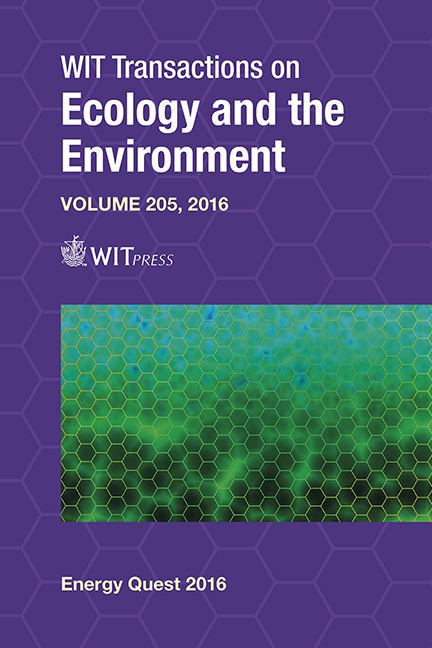Hydrogen Gas Production And Pollutant Removal From Olive Mill Wastewater By Electrohydrolysis
Price
Free (open access)
Transaction
Volume
205
Pages
7
Page Range
271 - 277
Published
2016
Size
542 kb
Paper DOI
10.2495/EQ160251
Copyright
WIT Press
Author(s)
S. Erdem, H. Bag, C. Can Yarimtepe, O. Ince, N. Ayman Oz
Abstract
Olive Mill Wastewater (OMW) is characterized by strong organic content and also by a high number of inhibitory/complex compounds such as phenolic ones. An effective treatment method has not been sufficiently defined for the wastewater, so far. Therefore, the treatment of OMW is a major concern for manufacturers in Mediterranean countries. There is a growing interest for the application of alternative treatment methods. In this study, OMW was subjected to 10 V DC voltage for hydrogen gas production and COD, sCOD, total solids and total suspended solids, turbidity and color removal. Application of electrohydrolysis at 10 V DC for six hours; 1500±50 ml gas was produced and hydrogen content of gas (88%) was obtained. After 24 hours of settling, COD, sCOD, turbidity, TS, TSS and color removal efficiencies were determined as 75%, 56%, 93%, 61%, 94% and 92% in supernatant, respectively.
Keywords
electrohydrolysis, olive mill wastewater, phyco-chemical treatment, hydrogen production, pollutant removal, COD removal





